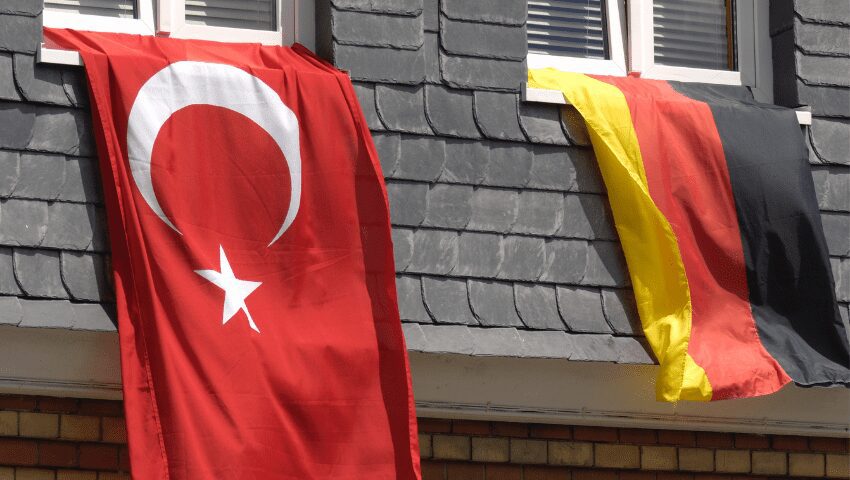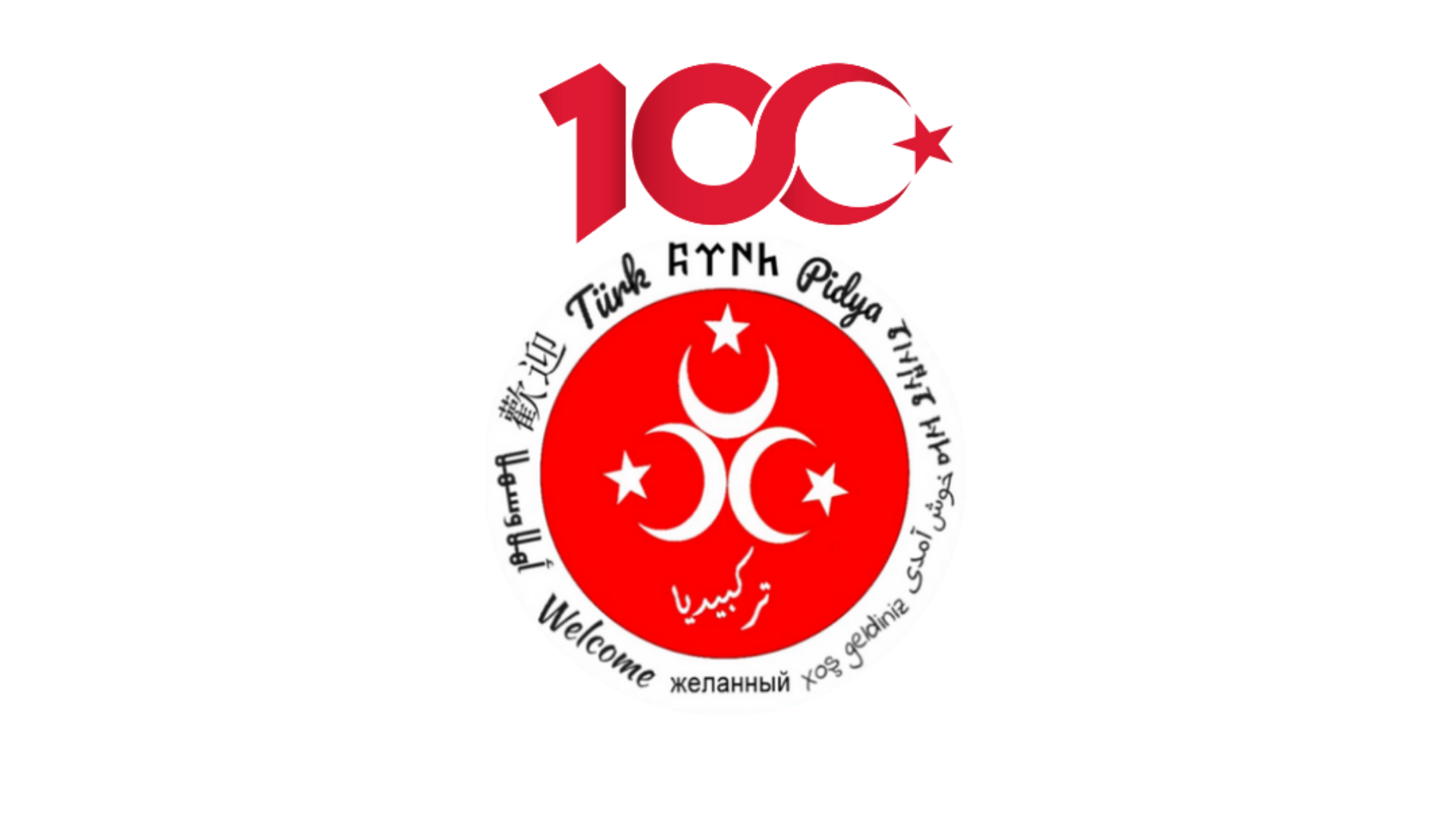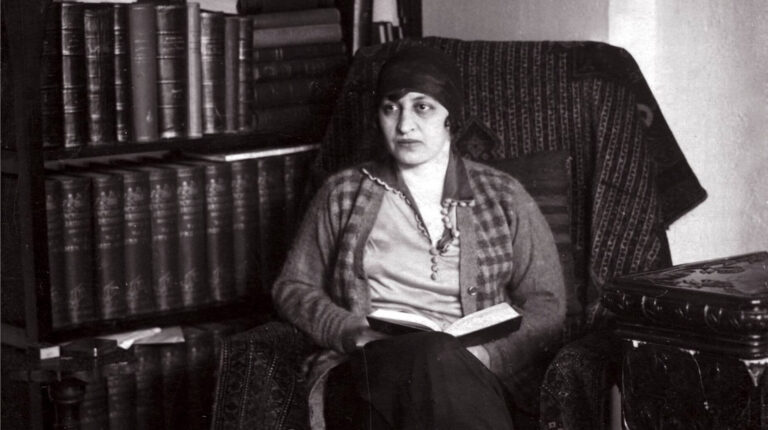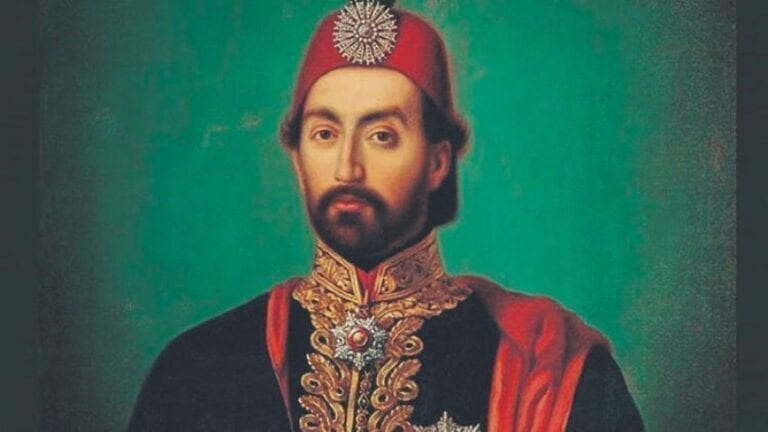Table of Contents
Have you ever wondered about the stories of Turkish population in Germany How did they get here and how do they live their lives today
In this article, we’ll explore the history of Turkish population in Germany and what life is like for them.

Introduction to Turks in Germany
Welcome to the world of Turks in Germany! Here, you’ll get an introduction to this fascinating topic, as well as a look at the history of the Turkish migration to Germany, the economic motivations behind it, and the development of Turkish communities in Germany.
You’ll also learn about the impact of Turkish migration on German society and the cultural elements brought by Turkish immigrants, data from the German Ministry of Immigration, and Germans of Turkish descent. (1)
History of the Turkish Migration to Germany
You may already know that the history of Turkish migration to Germany began in 1963, when the first Turkish workers arrived in the country. But did you know that these immigrants brought with them cultural elements such as the Turkish language Or that by 2010, Turks represented the largest group of non-nationals living in the EU, with an estimated 1.5 million Turks living in Germany
The origins of this migration go back to 1961 when Turkey and then West Germany signed a bilateral labor recruitment agreement in order to recruit Turkish workers for the Federal Republic. It is believed that this decision was made in order to improve economic circumstances for Turks, as they were typically employed in low-wage jobs. As you can see, this is an interesting and complex history that has shaped German society today. (2)
The economic motivations behind the migration
It is clear from the data that economic factors played a major role in the migration of Turkish population in Germany. The German economy has benefited from the influx of foreign workers, as it has increased wealth in the country. Additionally, many Turks moved to Germany in pursuit of jobs and economic opportunities.
A study from Economic Panel showed how remigration intentions and actual remigration of Turkish migrants to Germany have evolved over time. The rise of Turkey as a destination for new migrants, including children of Turks and Kurds who had previously emigrated to Europe and Germany, further highlights the economic motivations behind the migration.
The impact of these motivations on German society cannot be understated, as they have helped to shape both cultural elements brought by Turkish immigrants in Germany.
The development of Turkish communities in Germany
You may be surprised to learn that the Turkish population in Germany has been steadily growing since the 1960s. This was initially due to an agreement made between Turkey and Germany allowing for the movement of immigrants.
By 1990, 34 percent of all foreign workers and 32 percent of the foreign resident population were Turks. This growth has led to the development of Turkish communities in the country, where individuals from this background can come together to celebrate their culture and share their experiences.
These communities serve as a support system for those living in Germany, providing guidance and resources on everything from job opportunities to education. Additionally, they can also help new arrivals adjust to life in Germany, providing a sense of familiarity and comfort.
Impact of Turkish Migration on German Society
The arrival of Turkish immigrants to Germany has had a significant impact on German society. As the German economy boomed in the 1960s, the employment of Turkish workers helped to fill the demand for cheap labor and increased wealth in Germany. However, their cultural differences led to the creation of “ethnic niches”, in which Turks were segregated from German society.
This lack of integration has had a lasting effect on the relationship between Turks and Germans. Nevertheless, many Turks have been able to learn German and become a part of German society through education and employment. Furthermore, their presence in Germany has introduced new cultural elements that have enriched German culture, such as Turkish cuisine and music.
The Provinces that Turks live in Germany
- Berlin: Berlin is home to the largest Turkish community in Germany, with over 500,000 people of Turkish descent living in the city.
- North Rhine-Westphalia: North Rhine-Westphalia has the second-largest population of Turkish people living in Germany, with roughly 300,000 people of Turkish descent living in the state.
- Hamburg: Hamburg is home to a vibrant Turkish population, with around 100,000 people of Turkish descent residing in the city.
- Lower Saxony: Lower Saxony is home to roughly 100,000 people of Turkish descent, making it one of the German provinces with the highest concentration of Turkish people living in Germany.
- Hesse: Hesse is home to a large population of Turks, with around 70,000 people of Turkish descent living in the state.
- Bavaria: Bavaria is home to a sizable population of Turks, with around 60,000 people of Turkish descent living in the state.
- Baden-Württemberg: Baden-Württemberg has a large population of Turks living in the region, with roughly 50,000 people of Turkish descent calling it their home.
- Schleswig-Holstein: Schleswig-Holstein has an estimated 30,000 people of Turkish descent living within its borders.
- Thuringia: Thuringia also has a significant proportion of Turks living within its borders; around 10,000 people of Turkish descent call this province their home.
- Saxony-Anhalt: Saxony-Anhalt also has a small but growing population of Turks living within its borders; there are an estimated 5,000 people of Turkish descent residing here.
Cultural Elements Brought By Turkish Immigrants
When it comes to cultural elements brought by Turkish immigrants, the most prominent one is the Turkish language. Turks who have emigrated to Germany have retained their native language and continue to speak it among themselves and their families.
Moreover, elements of both German and Turkish culture are fused in works that create awareness of the Turkish culture in both countries. These cultural elements are reflective of how Turkish communities have developed in Germany and how the migration has impacted German society as a whole.
Data from the German Ministry of Immigration
Data from the German Ministry of Immigration provides an important insight into the current state of Turkish immigrants in Germany. According to the latest numbers, 47,750 people immigrated from Turkey in 2017, which is a 15% increase from 2016.
Additionally, 2.7 million of German residents have a “migration background” from Turkey, while just under half have German citizenship.
This highlights the importance of understanding the motivations behind the migration and its impact on German society in order to ensure better economic opportunities for these individuals.
Conclusion
In conclusion, the Turkish migration to Germany has had a profound impact on both the German and Turkish societies. The economic motives behind this migration have resulted in a lasting relationship between the two countries, with Turks forming the largest minority in Germany.
Over time, this has led to the development of Turkish communities in Germany, as well as to an influx of cultural elements from Turkey into German society. Moreover, a “new wave” of Turkish immigrants has emerged in recent years, providing further evidence of the strong ties between Turkey and Germany. The data from the German Ministry of Immigration provides insight into the diversity of ethnic and religious backgrounds amongst Turks in Germany.
Finally, the class, ethnic and religious loyalties of Turks in Germany continue to shape their identity and their place in German society.






